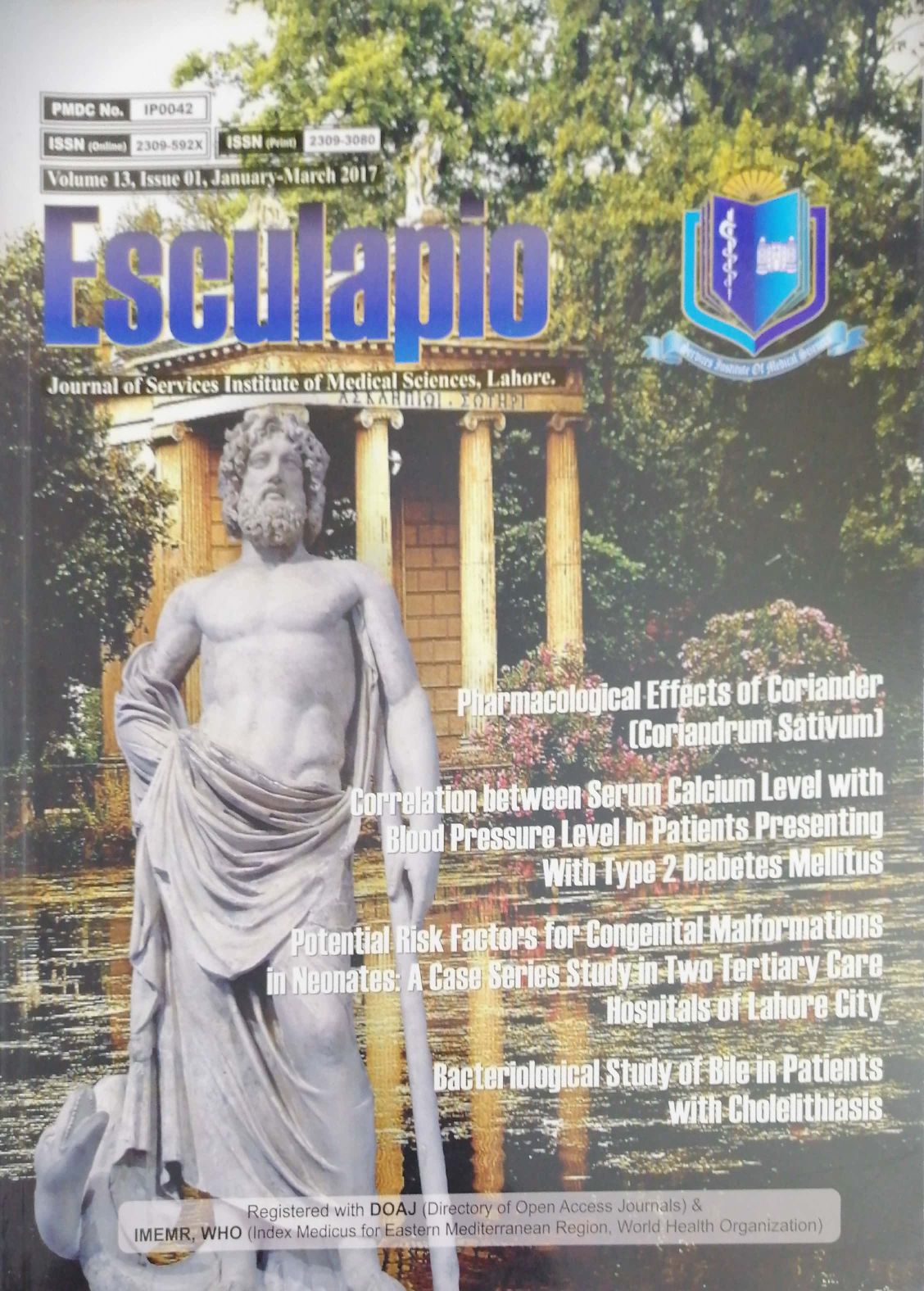HEEL PAIN AND ITS ASSOCIATIONS
DOI:
https://doi.org/10.51273/esc17.71312Keywords:
Heel pain, BMI, Hyperuricemia, HypertensionAbstract
Objective: Heel pain is an everyday increasing problem in young people more commonly in
females. It is estimated that about one million people with complaint of heel pain seek medical
advice per year. Therefore, it was needed to highlight its clinical associations.
Methods: One hundred and thirty-eight cases with heel pain were registered. For comparison,
134 subjects were registered as control. All subjects were segregated into gender groups. Each
gender group was further subdivided into young (age < 40) and old (age > 40) groups.Three
parameters were considered, i) blood pressure, ii) body mass index (BMI) and iii) serum uric acid
level.
Results: The overall male to female ratio was 1:3. There was significant difference (p < .05) in
the means of systolic and diastolic blood pressure of old (> 40) cases of both gender groups. The
Odds ratio showed association between DBP and heel pain in female group only. There was
significant difference (p < .05) in the means of BMI of cases from those ofage and gender matched
controls.The Odds ratios also showed strong association between increased BMI and heel
pain.There was significant difference (p < .05) in the means of uric acid levels of cases from those
of controls in female groups only. Similarly, the Odds ratio in this group showed association
between hyperuricemia and heel pain. When above parameters were analysed for
anindependentrisk factor, increased BMI and hyperuricemia were found to be associated with
heel pain as isolated and independent risk factors.
Conclusion: In our study, the female cases outnumbered the male cases by 1:3.The results
showing the association between heel pain and increased BMI were well consistent with the
international studies. For hyperuricemia, the association with heel pain was also consistent with
international studies. Similarly, the hypertension was also found in the cases with heel pain in old
groups only. The obesity and hyperuricemia were found to beisolated and independent risk
factors associated with the heel pain.










